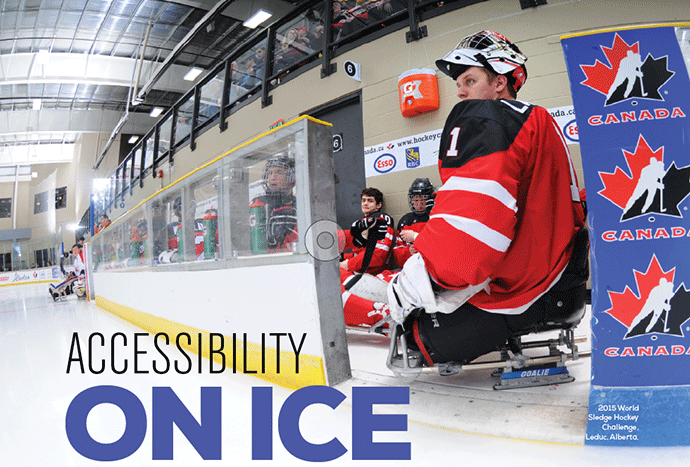 Strength in Numbers: Tapping into crowdfunding
Strength in Numbers: Tapping into crowdfunding
How athletes and sports teams are tapping into crowd funding
For much of her athletic career, Ese Omene has relied on one generous source of funding: her mom.
But last year, the Saskatchewan-born sprinter tried another route and raised $6,150 in 45 days through Makeachamp, a Montreal-based crowdfunding platform designed especially for individual athletes, teams and sports clubs. After being featured in a CBC Saskatchewan news report just before Christmas, she zoomed from 20 per cent of her $4,500 goal to 90 per cent, and ultimately blew past it. “Now I don’t need to worry about where I’m going to get this money,” says Omene. “It’s alleviated so much stress.”
Crowdfunding is an increasingly popular fundraising option for athletes and teams, and is gradually gaining traction with sports event organizers, too. While some people have turned to well-known crowdfunding platforms such as Indiegogo, the trend has also given rise to a number of sports-specific crowdfunding platforms, including Dreamfuel, French site Sponsorise.me, U.S.-based RallyMe, Halifax startup Pursu.it, and Makeachamp.
Since launching in September 2012, Makeachamp has raised a total of $1 million for 10,000 athletes in 50 sports, says Heri Rakotomalala, vice-president, marketing. But only about 42 per cent of campaigns reach their target, he cautions, raising an average of $4,000 to $5,000.
Some crowdfunding sites shy away from larger teams. Fans often feel more of a connection to an individual athlete than a team, says Julia Rivard, a former sprint canoer, an experienced entrepreneur and co-founder of Pursu.it. “This likely has to do with the power of storytelling,” she says. “The larger teams such as soccer or hockey need to be able to show a very compelling story to be accepted to our platform.”
Still, teams can be successful. Igor Khananaev, manager of athletics marketing and sponsorships at Université du Québec à Montréal (UQAM), helped launch three successful Makeachamp campaigns last year. Each one significantly surpassed its fundraising target, generating $15,000 for the cheerleading team, $8,000 for women’s basketball and $10,000 for women’s soccer.
Success, says Khananaev, requires buy-in from all levels, including every single player, coaches, staff and the managerial team. It takes a lot of enthusiasm, hard work, and a “noble cause” that helps contributors feel they’re part of something greater. For the women’s soccer team, it was to make the playoffs for the first time in its history. In addition, he says, the video and text on the crowdfunding page should be polished and professional.
Rakotomalala says athletes need to lay the groundwork before the campaign even begins by reaching out to their family, friends and social networks and, if possible, attracting the attention of local news media. He also urges fundraisers to post a budget and be transparent about how they’re going to use the money. Makeachamp takes a 15 per cent cut of the proceeds—higher than most crowdfunding platforms. But both Omene and Khananaev say it’s worth it.
Sports event planners also havethe option of using an event-specific crowdfunding platform like Vancouver-based Picatic. “It’s very important to give ticket purchasers a reason to back your event early on,” advises Robbie Simpson, community manager and partner with Picatic. “Offer discounted tickets or perks to supporters that will help you crowdfund your sports event.”



